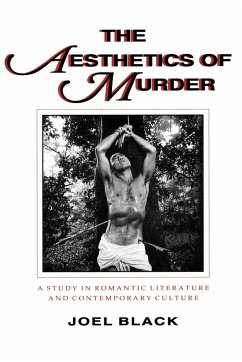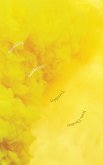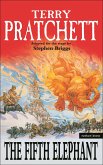What connects the Romantic essays of Thomas De Quincey and the violent cinema of Brian De Palma? Or the "beautiful" suicides of Hedda Gabler Yukio Mishima? Or the shootings of pop star John Lennon and President Ronald Reagon? In "The Aesthetics of Murder", Joel Black explores the sometimes gruesome interplay between life and art, between actual violence and images of violence in a variety of literary texts, paintings, and films. Rather than exclude murder from critical consideration by dismissing it as a crime, Black urges us to ponder the killer's artistic role-- and our own experience as audience, witness, or voyeur. Black explores murder as a recurring, obsessive theme in the Romantic tradition, approaching the subject from an aesthetic rather than a moral, psychological, or philosophical perspective. He compares cultural and artistic notions of suicide as the ultimate self-expression. And he examines contemporary instances of sensational murders and assassinations, treating these as mimetic or cathartic activities in their own right. Combining historical documentation with theoretical insights, Black shows that the possibilities of representing violence-- and of experiencing it-- as art were recognized early in the nineteenth century as logical extensions of Romantic theories of the sublime. Since then, both traditional art forms and the modern mass media have contributed to the growing aestheticization of daily experience-- including murder, suicide, and terrorism.








